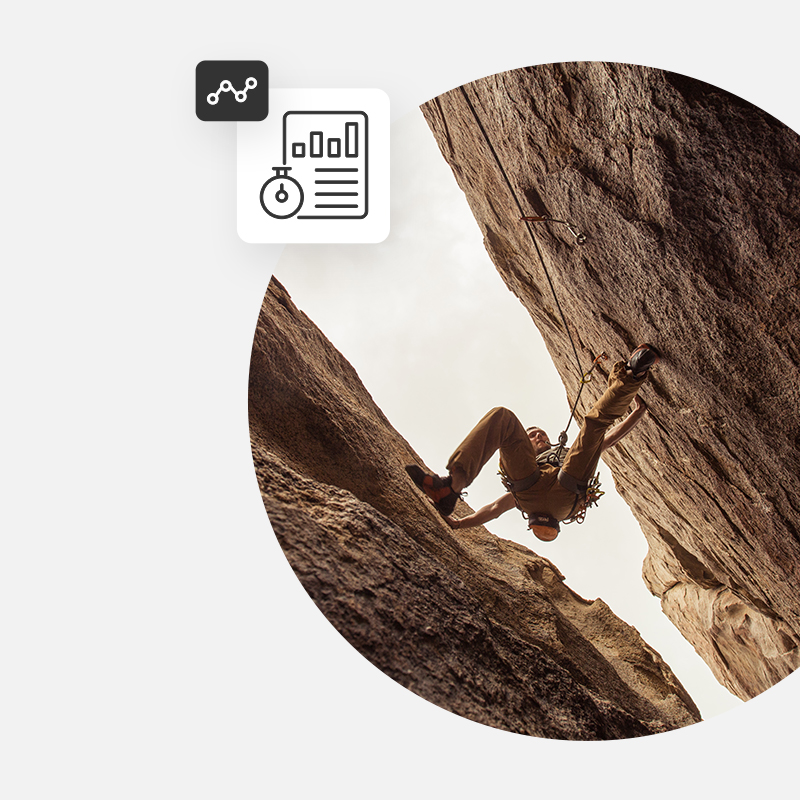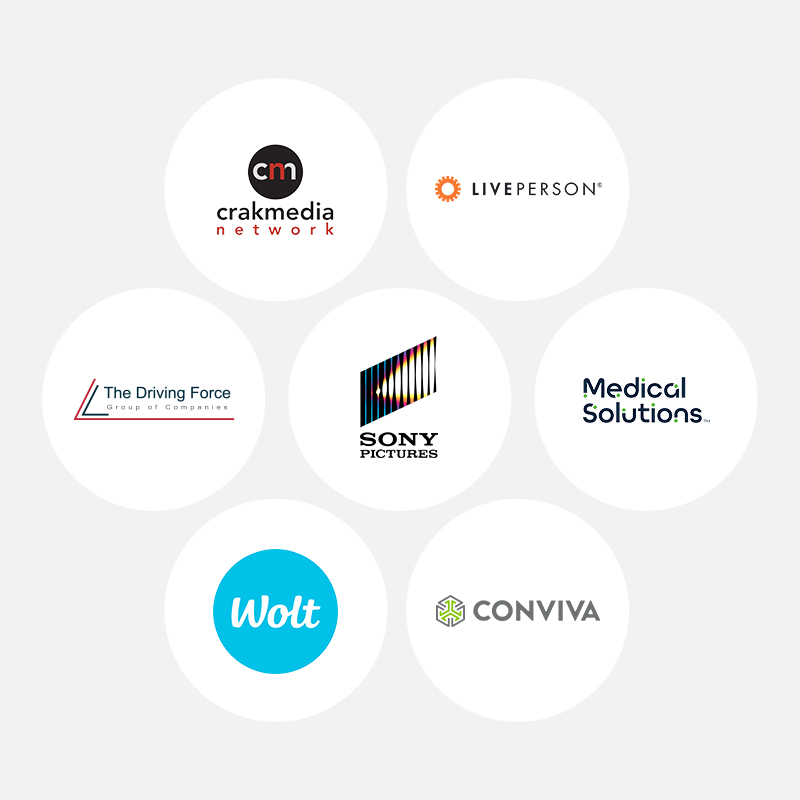Performance management is a powerful way to engage employees and improve business outcomes. So why are so many organizations failing to capitalize on its value?
The first thing to know about performance management is that annual reviews aren’t enough. “It isn’t adding value if you’re only using it once a year to decide who’s going to get a raise,” says Stacey Harris, chief research officer and managing partner at Sapient Insights Group. “But it’s really valuable when you’re using it on an ongoing basis, and you’re connecting it to what’s going on in your recruiting, operational deployment and workforce planning decisions.”
Harris has spent years leading research into what it takes to optimize HR systems. So we asked her to explain how to take performance management to the next level, improving individual performance and overall business results.
Collecting Better Data With Continuous Performance Management
Performance management has many purposes. But beyond the obvious — improving performance, engaging employees, and driving better business outcomes — it also generates tons of data for leaders to make better decisions about learning and development, recruiting, time and attendance, and workforce planning.
To make the most of that data, you must know what you’re generating and what you’ll do with it. “How are you going to integrate that data or use that data to inform other areas of the business?” Harris asks. “That’s when performance management systems become more than just a once-a-year process used to increase compensation.”
Another factor to consider is when and how you gather data during the process. In a continuous performance management system, data is captured frequently. “The ones that we’re seeing really get the most employee engagement are those that are more flexible and have more opportunities for the employees to drive the process — versus some arbitrary timelines put in place by the business,” Harris says.
By customizing the performance management process, you can drive better results and collect more useful, comprehensive data for making better talent decisions.
Incorporating Compensation the Right Way
Taking a big-picture approach to performance management doesn’t negate its value in making compensation and promotion decisions. But the criteria that trigger compensation changes must be multifaceted and clearly defined. “Make sure that compensation is as nuanced as human beings are,” Harris says.
That means moving beyond simplistic performance goals. “What we really need to think about is aligning compensation not just to a single metric,” Harris says, “but to align compensation to the skills someone has, the possibility of how they can grow with the organization, the outcomes they’re achieving.”
Employees need to have a clear sense of their goals so they can outline key results that signal their progress. Clear metrics make it easier to define what triggers raises, bonuses, or other benefits.
Iterating, Not Just Implementing
A good performance management program takes trial and error to achieve. But that’s not traditionally how we’ve integrated these types of initiatives. “We spend a lot of time planning really big processes and process changes,” Harris says. “One of the things that we are learning, particularly when it comes to data analytics, is that iteration and improvement are critical.”
The systems themselves are part of why rolling out performance management has been a monolithic project rather than an ongoing process. Historically, performance management has been wedged between larger system rollouts, such as overall talent management. But vendors are becoming more flexible, empowering you to iterate more effectively.
“As we’re thinking about how to improve performance, engage our employees, and adjust performance management processes,” Harris says, “one of the things I would say is that it’s OK to experiment, to have different approaches, and see how they work — to get feedback and then make changes over time.”
Bridging the Divide Between Operations and HR
There are two types of performance that business leaders measure: Organizational performance and individual employee performance. Usually, these two are kept separate, but integrating them can produce greater success for both. Performance is often the middle ground between operations and HR. “But HR really needs to own some level of it,” Harris says, “especially from the enablement perspective.”
To bridge that gap, Harris is calling upon HR leaders to build better performance management bench strength and a more robust capability for how we enable performance in organizations.
Companies already have a lot of the data they need to get started. “Performance management data sits in a lot of other applications besides our standard HR applications,” Harris says. “As an HR leader, remember that you have performance data all around you in the company.”
HR and operations leaders can work together to interpret data’s meaning for organizational performance and individual employee performance. By doing so, you won’t stick employees in the middle to analyze data themselves.
With these best practices, you can make the most of performance management and realize the full potential of your workforce — and your business. “If you’re doing those things,” Harris says, “then there’s real value in investing in performance management.”







